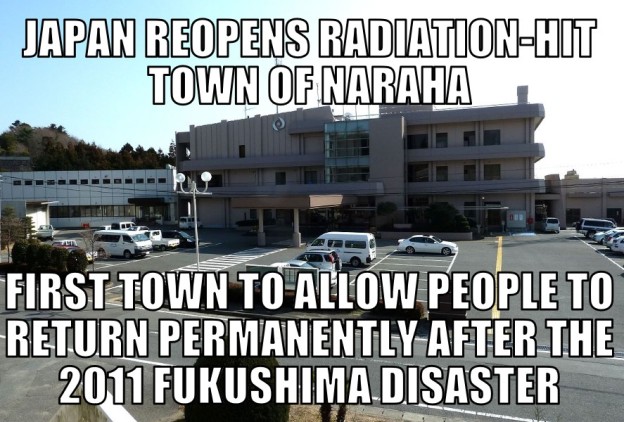In the wake of the Fukushima nuclear disaster in 2011, Fukushima prefecture itself pledged to get all its power from renewable sources by 2040. The hoped-for transformation, however, has been “slow and almost invisible.”…Renewable generation has grown from 10% of the power supply in 2010 to 17% in 2018, almost half of which comes from old hydropower schemes. Most nuclear plants, which provided more than a quarter of the country’s power before the 2011 disaster, have been shut down… But for the most part they have been replaced not by wind turbines and solar panels but by power stations that burn coal and natural gas. The current government wants nuclear plants to provide at least 20% of electricity by 2030. It also wants coal’s share of generation to grow, and has approved plans to build 22 new coal-fired plants over the next five years. The target for renewables, by contrast, is 22-24%, below the current global average, and far lower than in many European countries.
Geography and geology provide part of the answer. Japan is densely populated and mountainous. That makes solar and onshore wind farms costlier to build than in places with lots of flat, empty land. The sea floor drops away more steeply off Japan’s coasts than it does in places where offshore wind has boomed, such as the North Sea. And although geothermal power holds promise, the most suitable sites tend to be in national parks or near privately owned hot springs.
Government policies also help stifle the growth of renewable energy. Since the end of the second world war, privately owned, vertically integrated regional utilities have dominated the electricity market. These ten behemoths provide stable power within their regions, but do little to co-ordinate supply and demand across their borders…The limited transmission between regions makes it even harder than usual to cope with intermittent generation from wind turbines and solar panels. It also reduces competition, which suits the incumbent utilities just fine…Recent reforms have attempted to promote renewables both directly and indirectly…The “feed-in tariff”, obliging utilities to pay a generous fixed price for certain forms of renewable energy—a policy that has prompted investors to pile into solar and wind in other countries. In 2016, the government fully liberalised the retail electricity market. It has also set up new regulatory bodies to promote transmission between regions and to police energy markets. In April 2020 a law came into force that requires utilities to run their generation, transmission and distribution units as separate businesses. These reforms constitute a policy of “radical incrementalism”.
Critics say the steps have been too incremental and not radical enough. Utilities continue to make it time-consuming and costly for new entrants to get access to the grid, imposing rules that are “not fair for newcomers”, according to Takahashi Hiroshi of Tsuru University. Existing power plants are favoured over new facilities, and the share of renewables is limited, on the ground that their intermittency threatens the grid’s stability.
But even if the government is timid, investors can still make a difference…. Several of Japan’s big multinationals have pledged to switch to clean power on a scale and schedule that put the government’s targets to shame. Environmental activism has made banks and businesses wary of investments in coal. Even big utilities have come to see business opportunities in renewables, especially in the government’s imminent auction of sites for offshore wind plants. Two of them, Tohoku Electric Power and Tokyo Electric Power (TEPCO), have announced plans this year to issue “green bonds” to finance renewables projects. In March 2020, TEPCO established a joint venture with Orsted, a Danish oil firm that has become a pioneer in offshore wind.
Exceprts from Renewable Energy in Japan: No Mill Will, Economist, June 13, 2020



